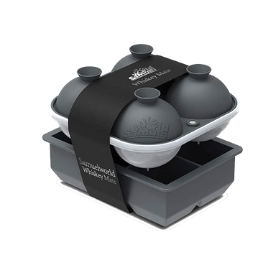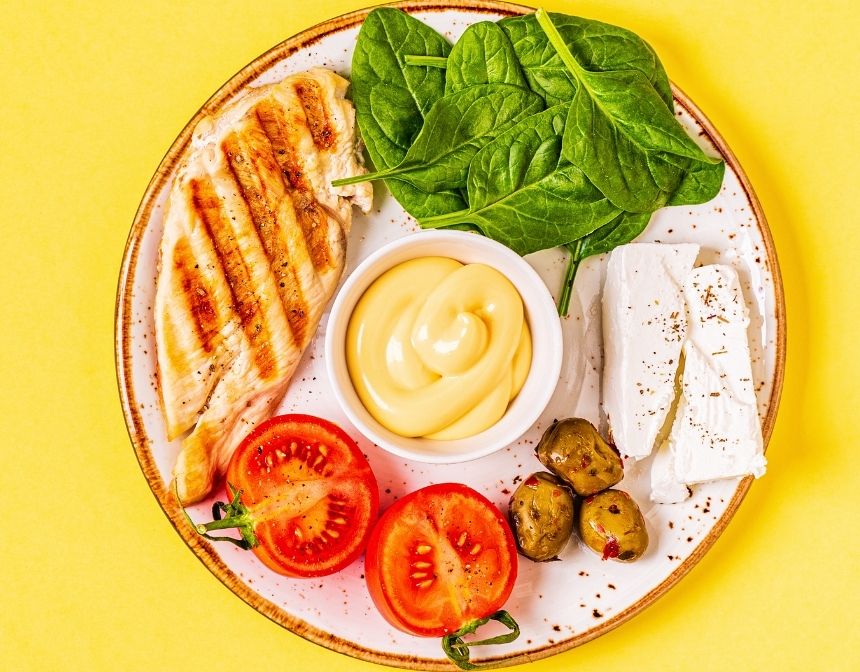What Is Agua Fresca?
Agua fresca, which literally means "fresh waters" in Spanish, are a beloved beverage originating from Mexico. These drinks have spread in popularity across Latin America and even into the United States, particularly in areas with strong Hispanic cultural influences. The beauty of aguas frescas lies in their simplicity and versatility; you can make them with a variety of fruits and even some vegetables. From traditional flavors like watermelon and cantaloupe to the more exotic tamarind and hibiscus, the options are almost endless.
Among the various agua fresca flavors, strawberry agua fresca stands out for its sweet, summery taste. This flavor is a hit with both adults and kids and is often a staple at family gatherings. Another popular flavor is pineapple agua fresca, a tropical delight that transports you straight to a beachside vacation with just one sip. The sweetness of the pineapple pairs perfectly with the lightness of the water, making it a refreshing choice for hot days.
Don't forget about cucumber agua fresca, a slightly different but equally refreshing option. This variant is often seasoned with a bit of lime and maybe a hint of mint. Cucumber agua fresca is not only hydrating but also incredibly revitalizing, making it a popular choice after a workout or as a mid-afternoon pick-me-up. Whether you're a fan of fruity or more subtle flavors, there's an agua fresca out there for you.
What Is Watermelon Agua Fresca Made Of?
Watermelon Agua Fresca is typically made of the following ingredients:
Watermelon: Cubed and seedless, it's the primary fruit that provides the sweetness and color.
Cold Water: Used to dilute the strong flavor of the watermelon and make the beverage more refreshing.
Lime Juice: Adds a tangy note that complements the sweetness of the watermelon.
Sugar or Honey: Optional, used for additional sweetness according to taste.
Ice Cubes: To serve the drink chilled.
Mint Leaves: Optional, used for garnish and added flavor.
These ingredients are blended together, strained to remove any seeds and pulp, and then chilled before serving. It's a simple, refreshing drink perfect for hot summer days.
Is Watermelon Agua Fresca Good For You?
Watermelon Agua Fresca can be considered a healthier beverage option compared to sugary sodas and processed fruit juices, but its health benefits depend on how it's prepared. Here's a breakdown:
Pros:
- Nutrient-Rich: Watermelon is a good source of vitamins A and C, as well as antioxidants like lycopene.
- Hydration: Since watermelon is about 92% water, Agua Fresca made with it can be very hydrating.
- Low Calorie: When made without added sugar, it's a low-calorie drink, making it a good option for those watching their caloric intake.
- Natural Ingredients: If you make it yourself, you know exactly what's in it. No preservatives, no artificial colors or flavors.
Cons:
- Sugar Content: Adding too much sugar or sweeteners can quickly turn this healthy drink into a sugary beverage.
- Calories: If not made carefully, it can become a high-calorie drink, negating some of its health benefits.
As always, moderation is key. If you're concerned about sugar, you can make a no-sugar-added version or use natural sweeteners like stevia or honey in moderation. Also, while it's a healthier option, it shouldn't replace plain water for hydration needs.
Is Agua Fresca High In Sugar?
The sugar content in Agua Fresca largely depends on how it's made. Traditional recipes often call for added sugar, but you can easily control the sweetness by adjusting the amount you use, or by using alternative sweeteners. Here are some considerations:
Traditional Agua Fresca
In a traditional Agua Fresca recipe, sugar is usually added to enhance the natural sweetness of the fruit. Depending on the recipe, this could range from a couple of tablespoons to as much as a cup per pitcher. With added sugar, the drink can indeed become high in sugar and calories.
Adjust to Taste
You can adjust the amount of sugar based on your preference and dietary needs. You might find that ripe, in-season fruits provide enough natural sweetness that you don't need any additional sugar at all.
Alternative Sweeteners
If you're watching your sugar intake, consider using alternative sweeteners like stevia or monk fruit. Be cautious with the amount, as these sweeteners are often much sweeter than regular sugar.
Pre-made Options
If you're buying pre-made Agua Fresca, it's important to read the nutrition label to check the sugar content. Many commercially available versions contain high amounts of sugar, similar to sodas and other sweetened beverages.
So, while Agua Fresca can be high in sugar, it doesn't have to be. You have the flexibility to make a version that fits your nutritional needs.
What's The Difference Between A Smoothie And An Agua Fresca?
Both smoothies and aguas frescas are beverages made with fruit, but there are some key differences between the two, including the texture, ingredients, and overall purpose of each drink.
Texture
One of the most noticeable differences is the texture. Smoothies are typically thicker and have a more substantial mouthfeel, often due to the inclusion of yogurt, milk, or other thickeners like banana. Aguas frescas are generally much lighter and more refreshing, with a consistency closer to flavored water rather than a thick shake.
Ingredients
Smoothies often include a variety of ingredients such as fruits, vegetables, yogurt, milk, and sometimes even protein powders or nut butters. Aguas frescas are simpler in composition, usually consisting of fruit, water, and optionally some form of sweetener.
Nutritional Content
Smoothies are often consumed as a meal replacement or a post-workout snack and may contain protein, fiber, and healthy fats. Aguas frescas are usually lower in calories and nutrients, serving more as a hydrating, flavorful beverage rather than a source of nutrition.
Preparation
Making a smoothie generally involves blending all the ingredients together to create a thick, smooth drink. For aguas frescas, fruits are often blended with water and then strained to remove most of the pulp, resulting in a clearer, lighter beverage.
Cultural Context
Aguas frescas have cultural roots in Mexico and are a staple in many Latin American countries. They're especially popular in warm climates and are often found in street markets, served from large, glass barrels. Smoothies have a more varied cultural background but are especially popular in Western countries as a health or fitness-related food item.
Both drinks offer a delicious way to enjoy fruits, but they serve different culinary and nutritional purposes. Whether you prefer one over the other may depend on your specific needs and taste preferences.
What To Serve with Watermelon Agua Fresca?
Watermelon Agua Fresca is a wonderfully refreshing drink on its own, but it can also be complemented by a variety of dishes to create a balanced and delightful meal. Here are some ideas that pair well with Watermelon Agua Fresca:
Fresh Fruit Salad: Create a colorful and vibrant fruit salad using seasonal fruits like berries, grapes, kiwi, and citrus fruits. The light and hydrating nature of the fruit salad pairs perfectly with the refreshing Agua Fresca.
Mexican Quinoa Salad: A quinoa salad with chopped vegetables, feta cheese, and a lemony dressing pairs well with the Agua Fresca's citrus notes.
Tacos: Enjoy your Agua Fresca with soft or crispy tacos filled with grilled vegetables, beans, or light proteins like fish or shrimp. The contrast of flavors adds depth to your meal.
Grilled Chicken Skewers: Marinated and grilled chicken skewers provide a protein element that complements the hydrating and fruity flavors of the Agua Fresca.
Quesadillas: A light cheese or vegetable quesadilla can be a satisfying accompaniment to your Agua Fresca, offering a balance of textures and flavors.





































